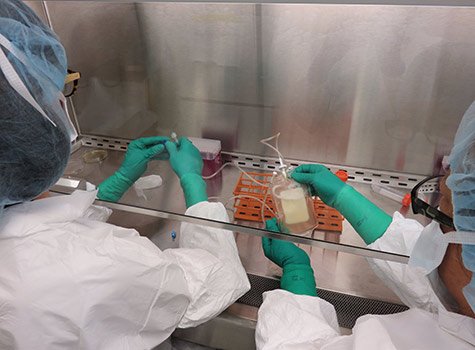Earnings excluding
The drugmaker also raised its forecast for the year. Product sales will total $29 billion to $30 billion, Gilead said, up from its previous guidance in April of $28 billion to $29 billion.
Gilead’s hepatitis C drugs have become the
Gilead’s scientific expertise and strong balance sheet gives the biotech the flexibility to do a range of deals, Chief Operating Officer John Milligan said.
«We could possibly take small deals," he said Tuesday on a call with analysts. «We could contemplate larger, perhaps even transformative deals.»
The company held $14.7 billion in cash and equivalents at the end of June.
Sovaldi, Harvoni
Sales of Sovaldi totaled $1.29 billion, beating analysts’ estimates of $969 million. Sales of Harvoni, a combination of Sovaldi and another drug called ledipasvir, were $3.61 billion, above estimates of $3.5 billion. The drug sales were helped by uptake in Spain, Italy and Portugal, said Paul Carter, executive vice president of commercial operations.
The drugs offer a cure for hepatitis C, though their list price of more than $1,000 a day has drawn criticism from health insurers, patient groups and lawmakers. The pills also face competition from AbbVie Inc., which has its own drug for sale, and Merck & Co., which is developing one.
Gilead remains «highly confident» in the
Net income rose 23 percent to $4.49 billion, or $2.92 a share, from $3.66 billion, or $2.20 a share, a year earlier.
Spending Cash
Gilead continued to return cash to shareholders both directly and indirectly. It spent $3.9 billion to retire options that are used to convert debt into equity, according to the statement. Gilead retired 46 million of these options, known as warrants, which if exercised would have diluted the stakes of current shareholders. The company also spent $900 million to buy back 9 million of its shares and paid its first quarterly dividend of $633 million, or 43 cents a share.
The shares rose as much as 4.2 percent to $117.80 in late trading after the results were released. They had risen 2.3 percent at the New York close. They’re up 24 percent in the past year, compared with a 52 percent increase in the Nasdaq Biotechnology Index.
